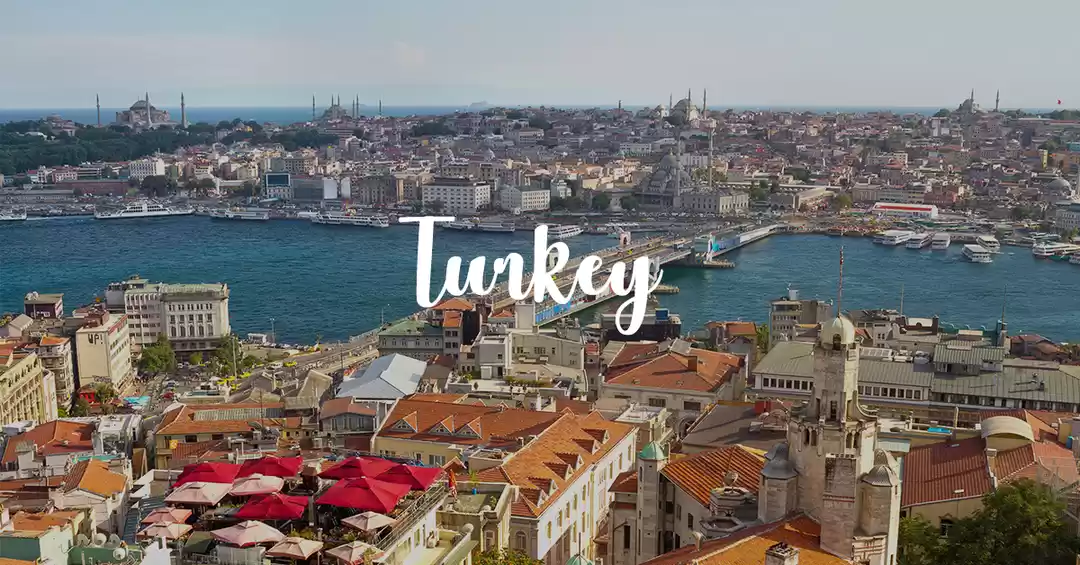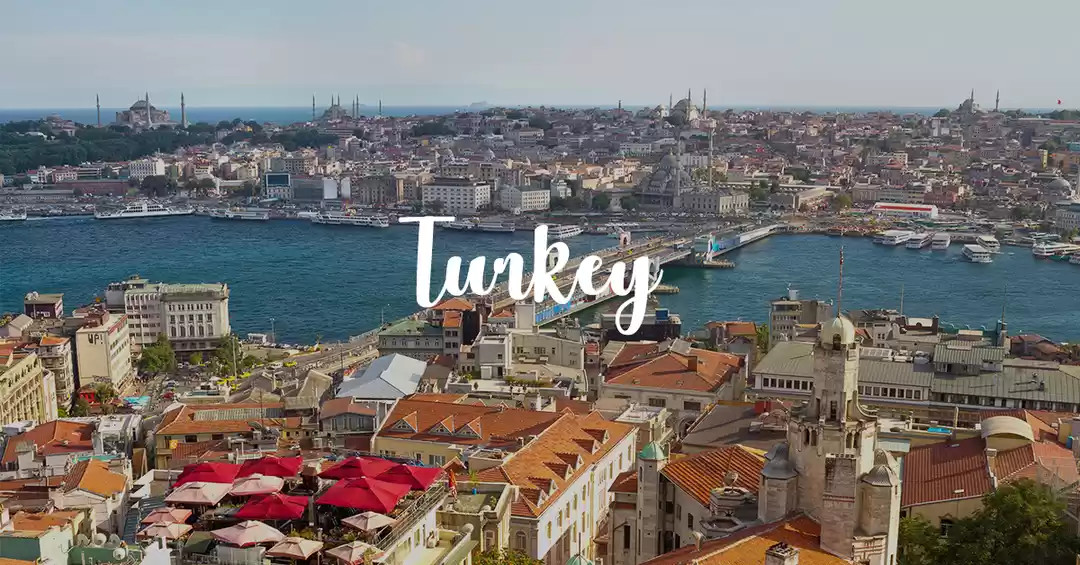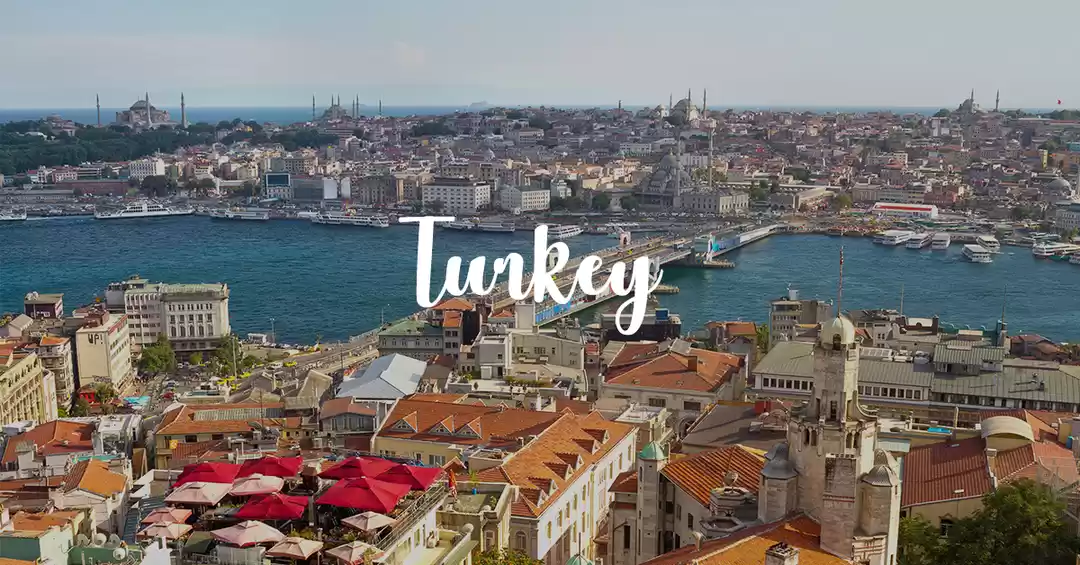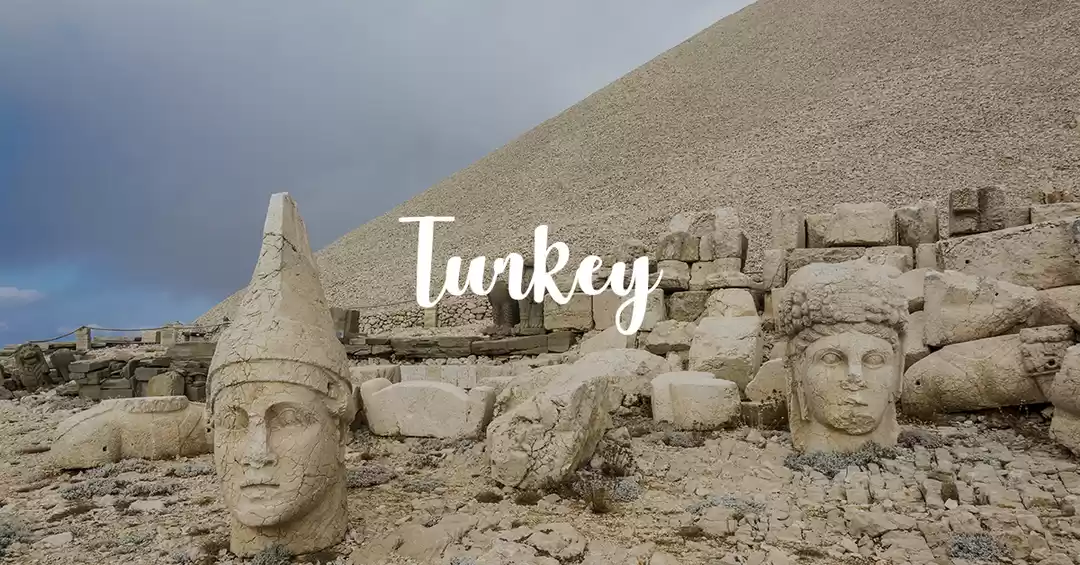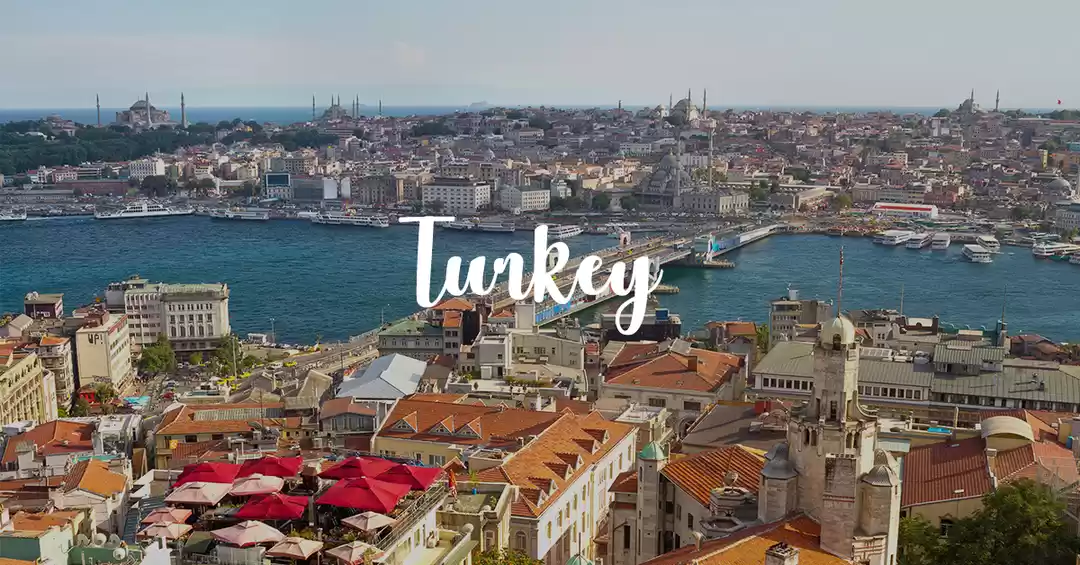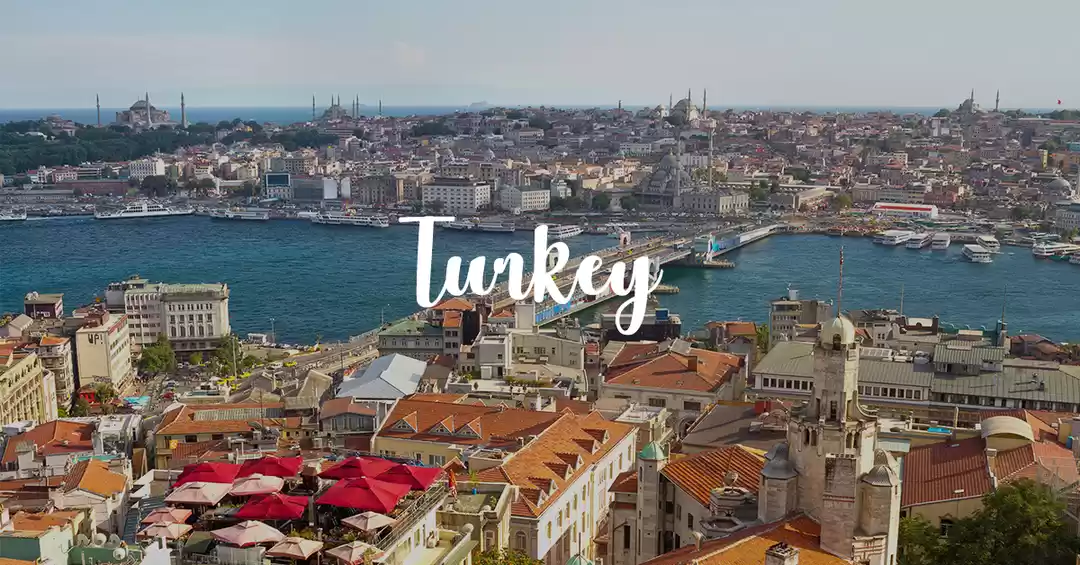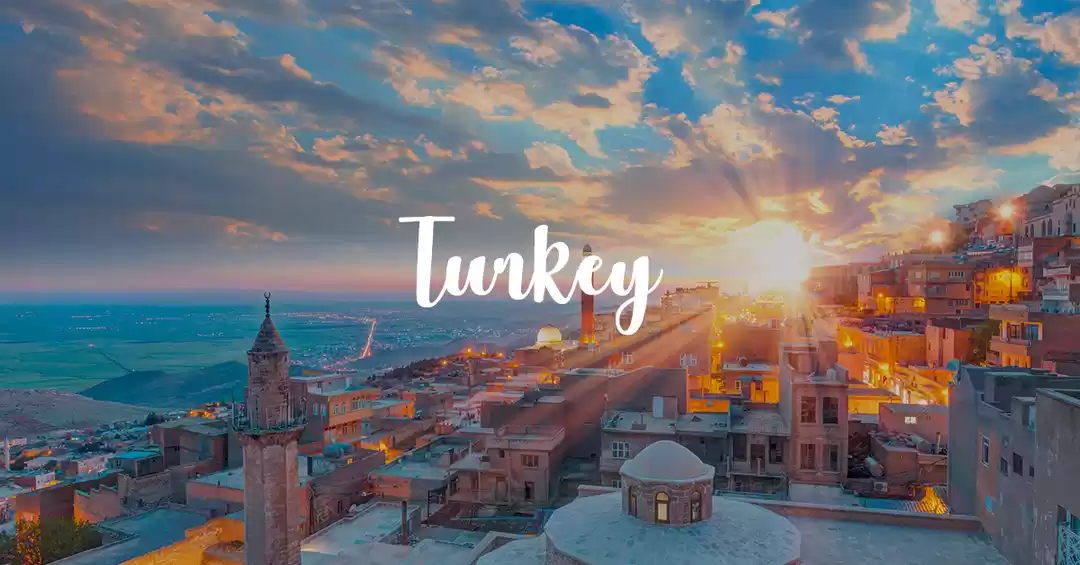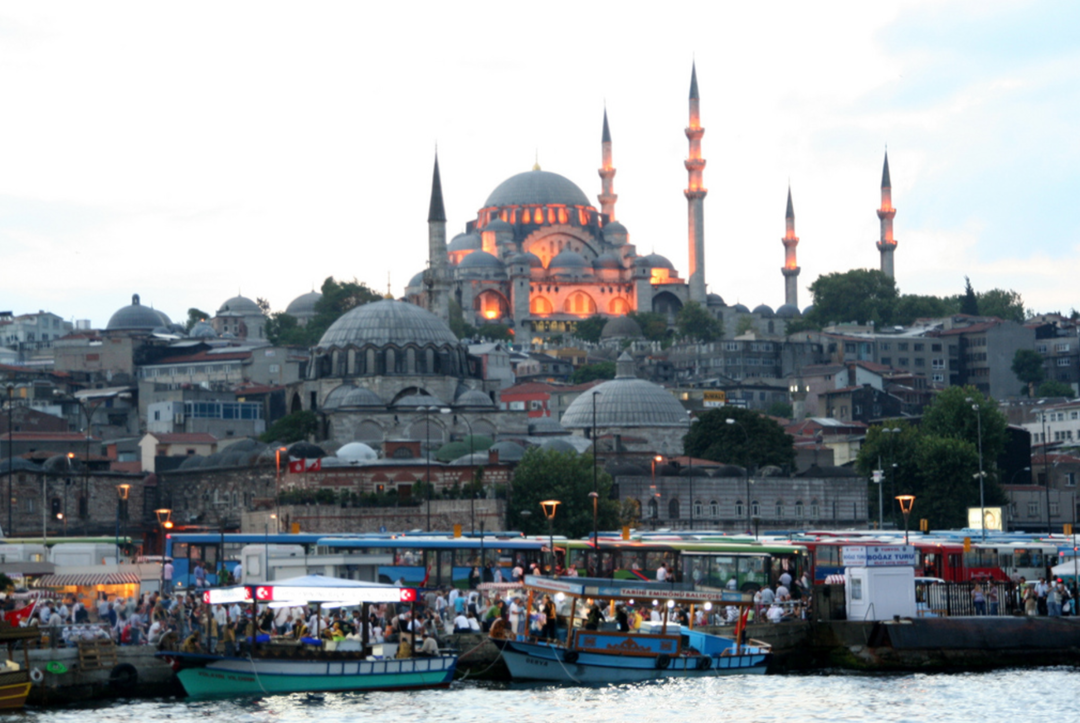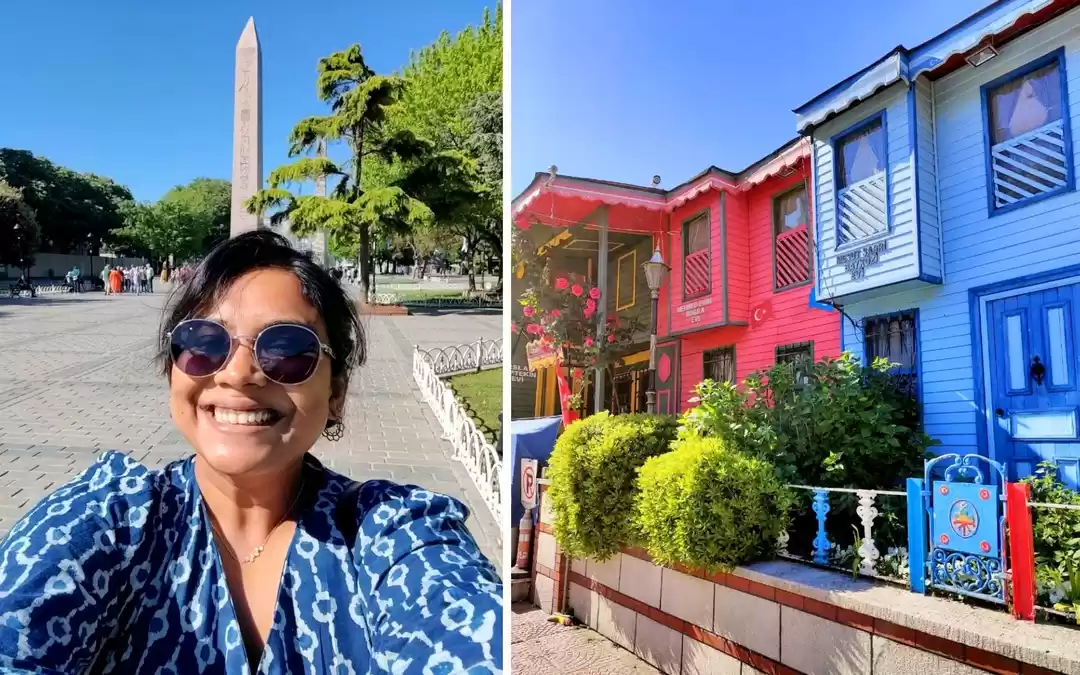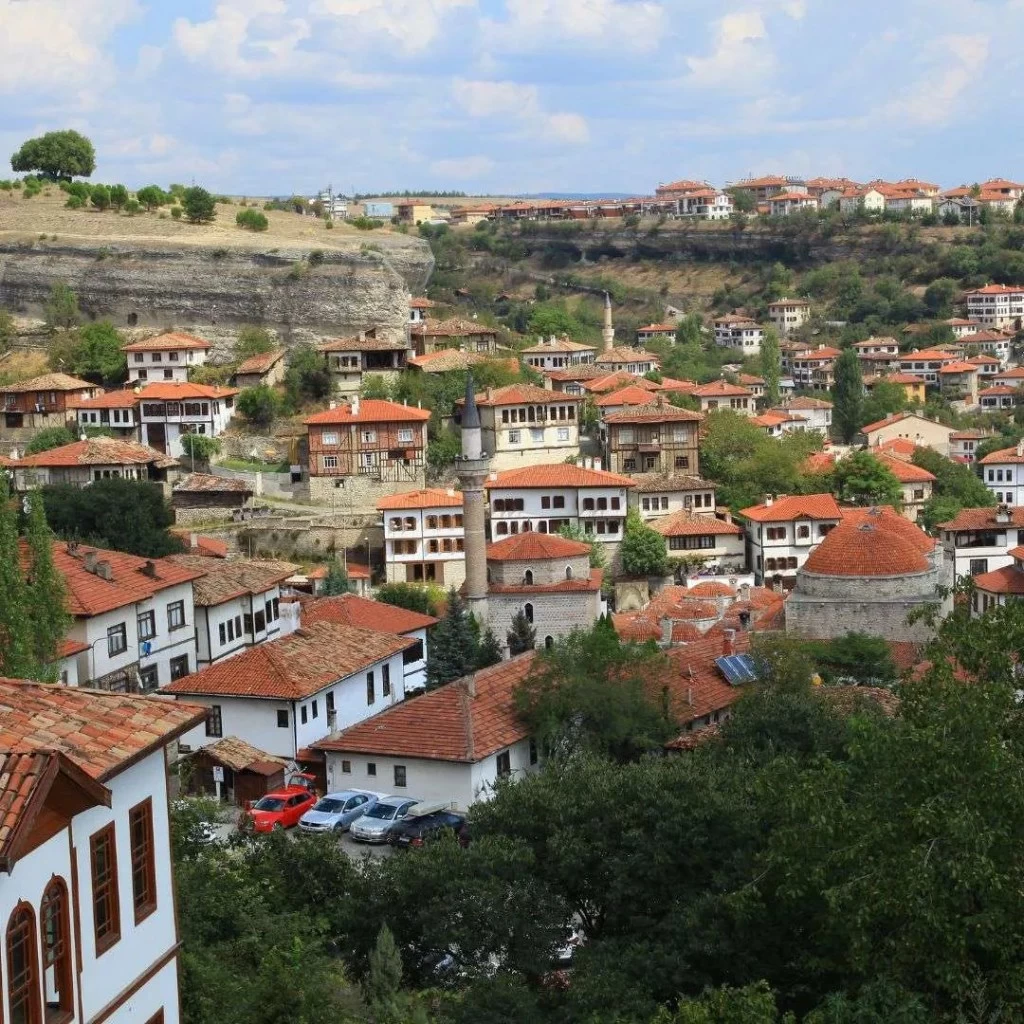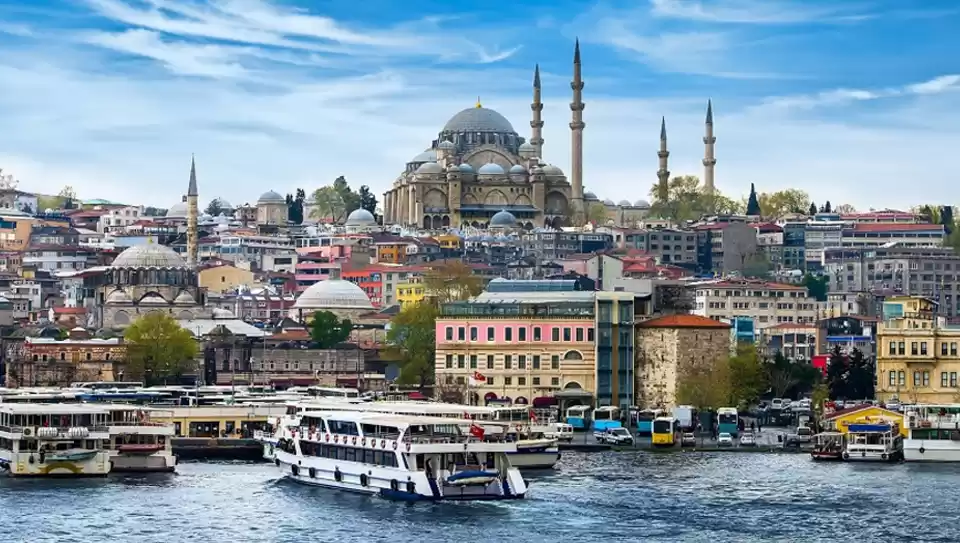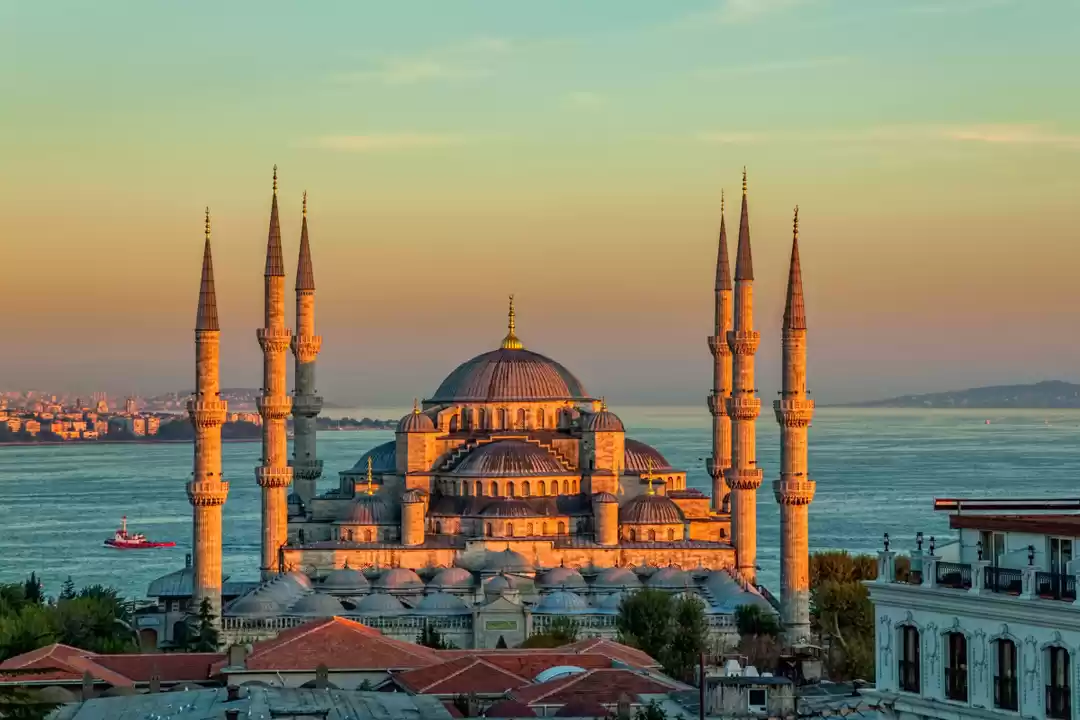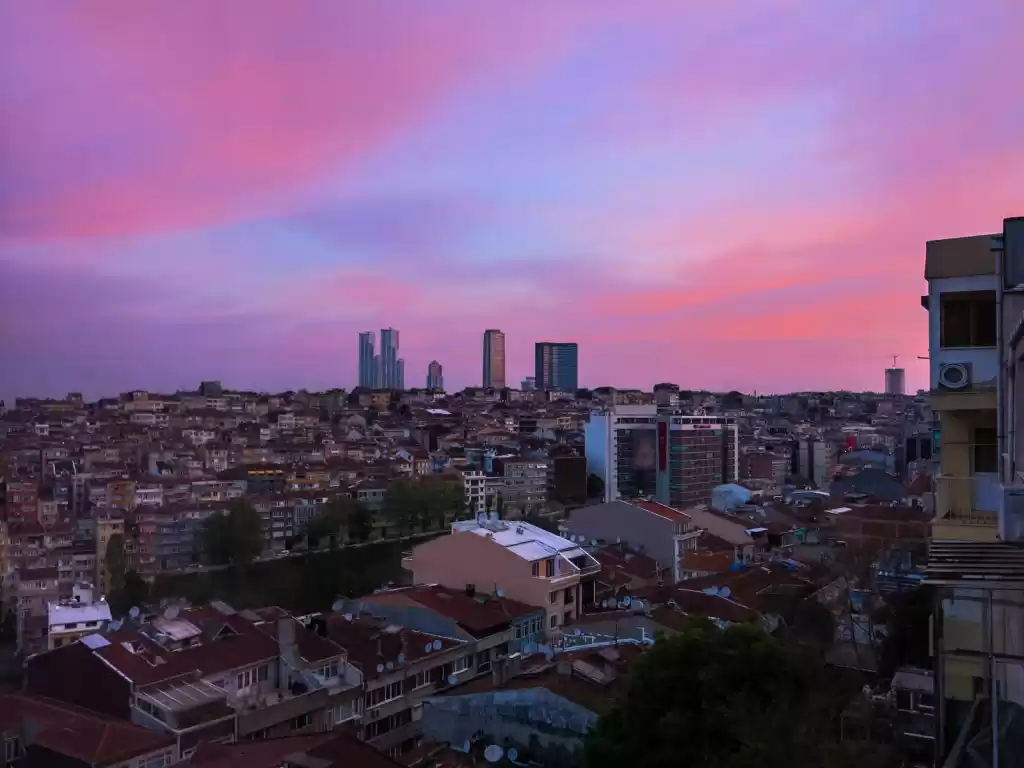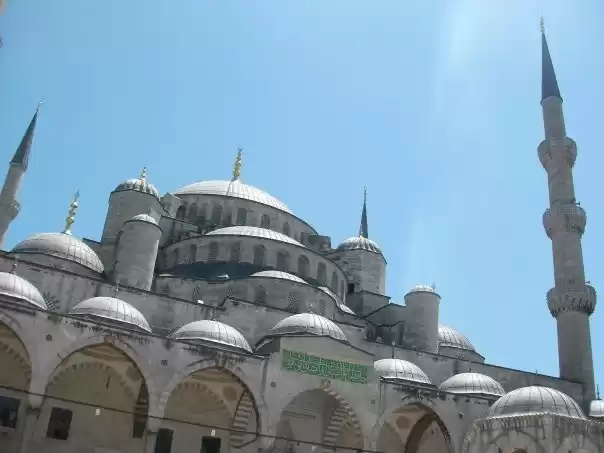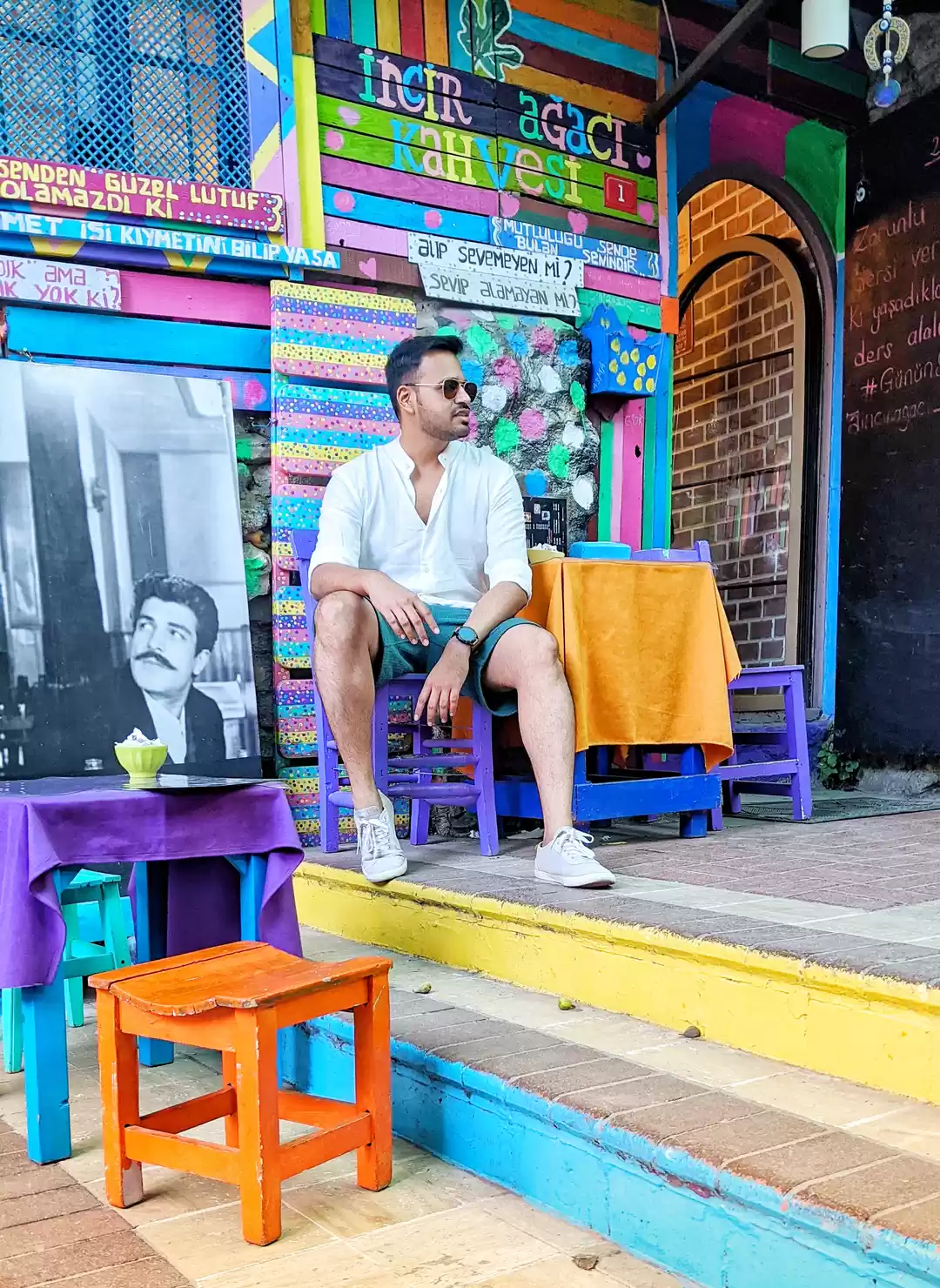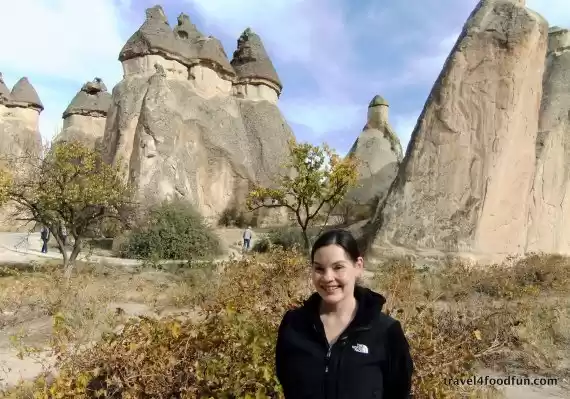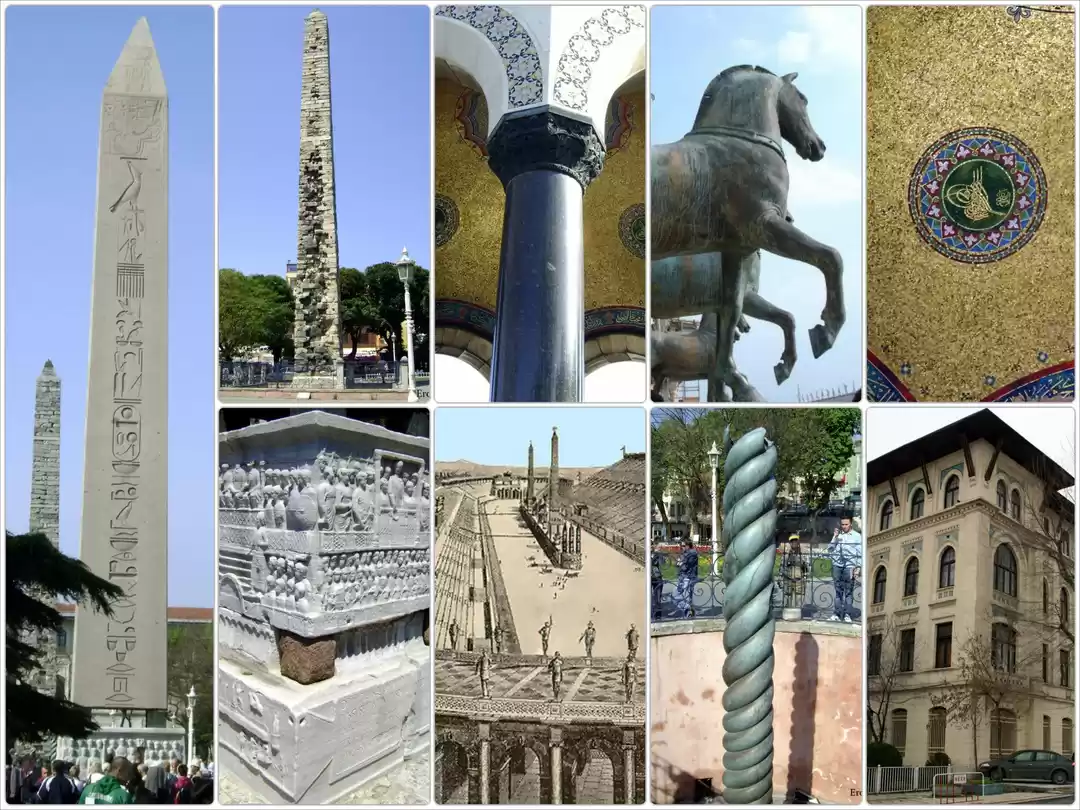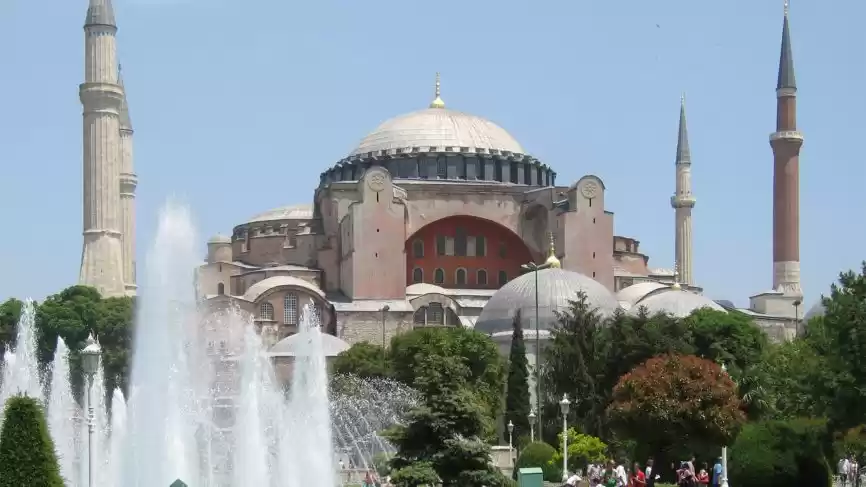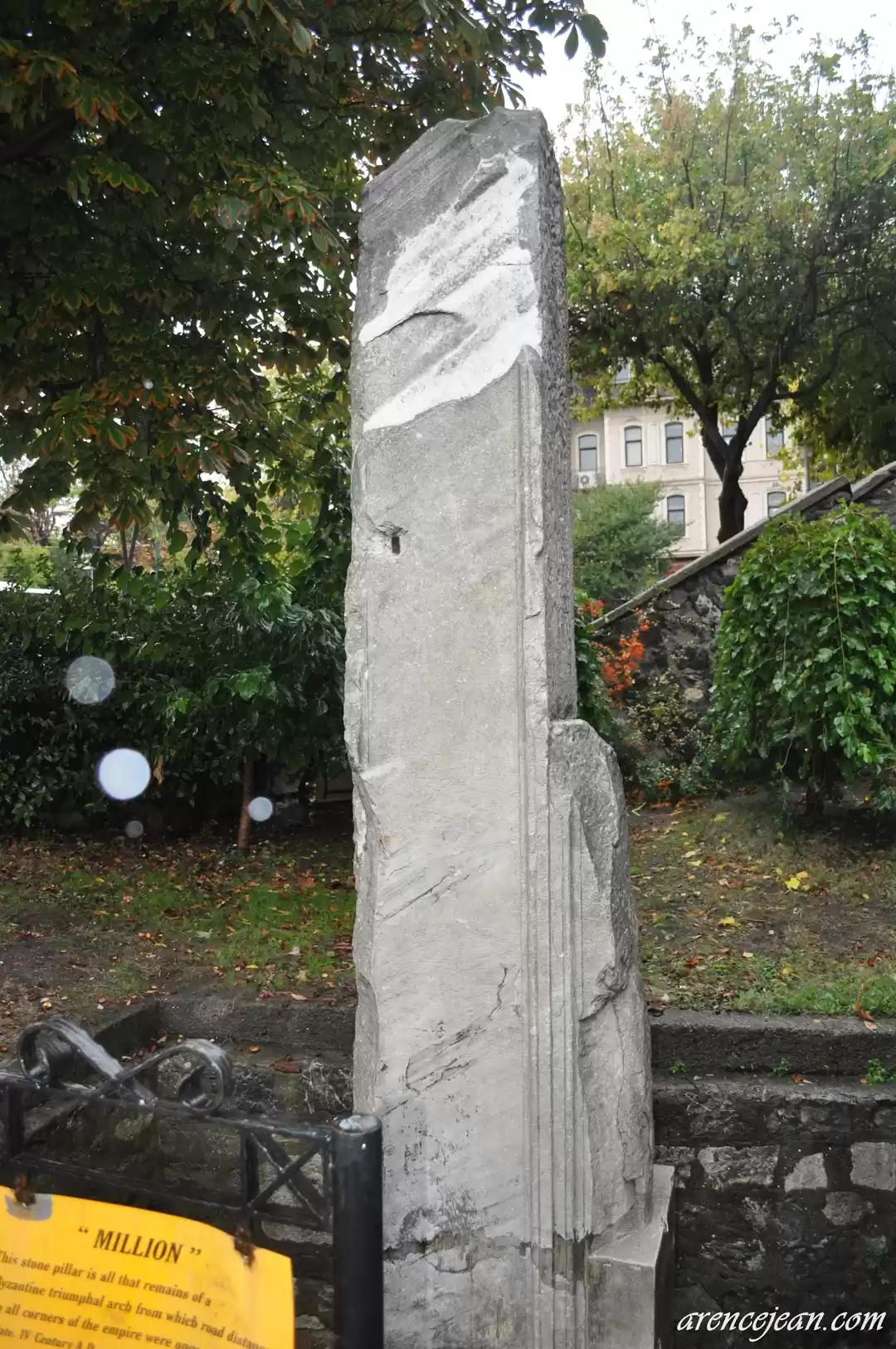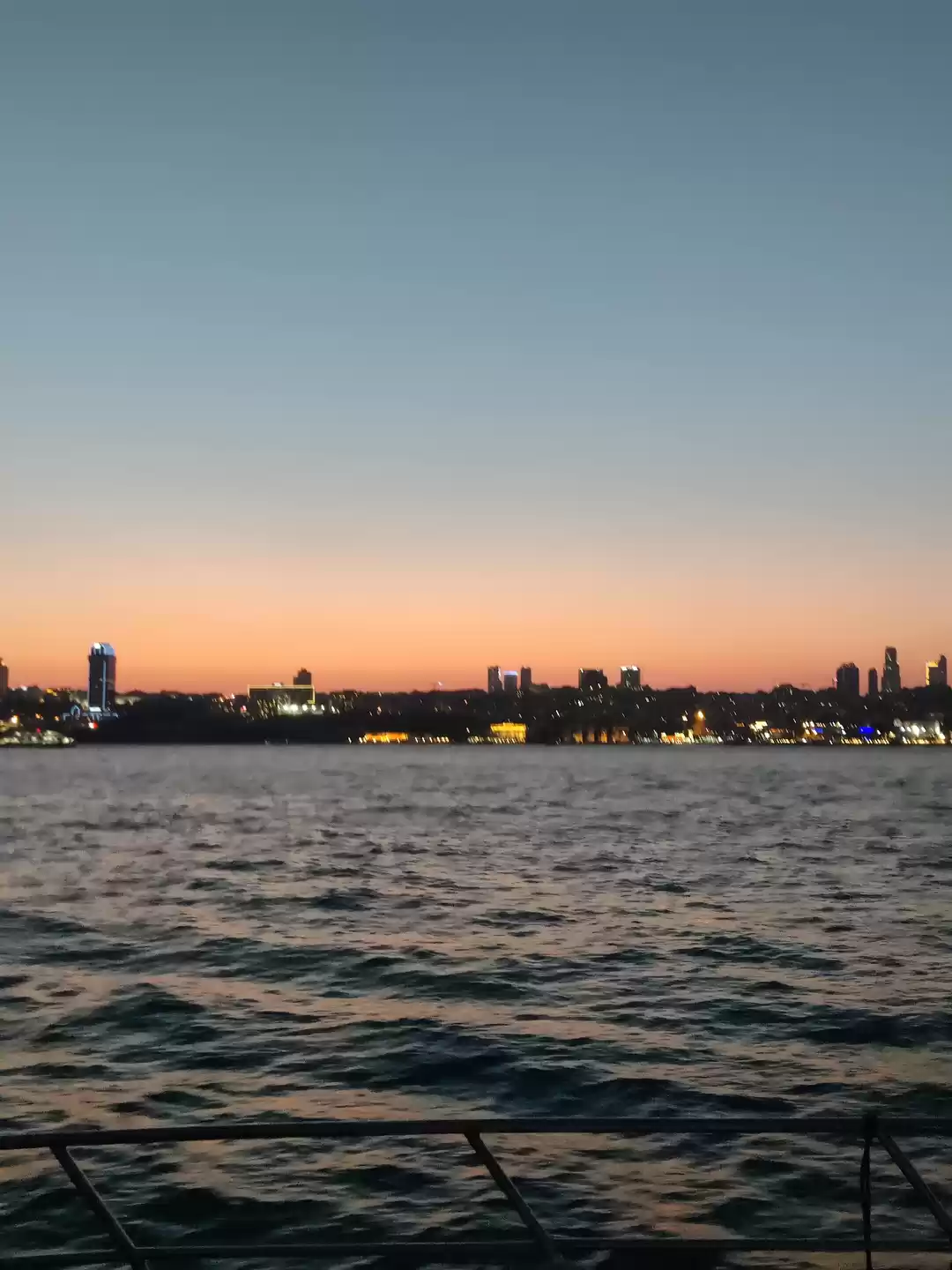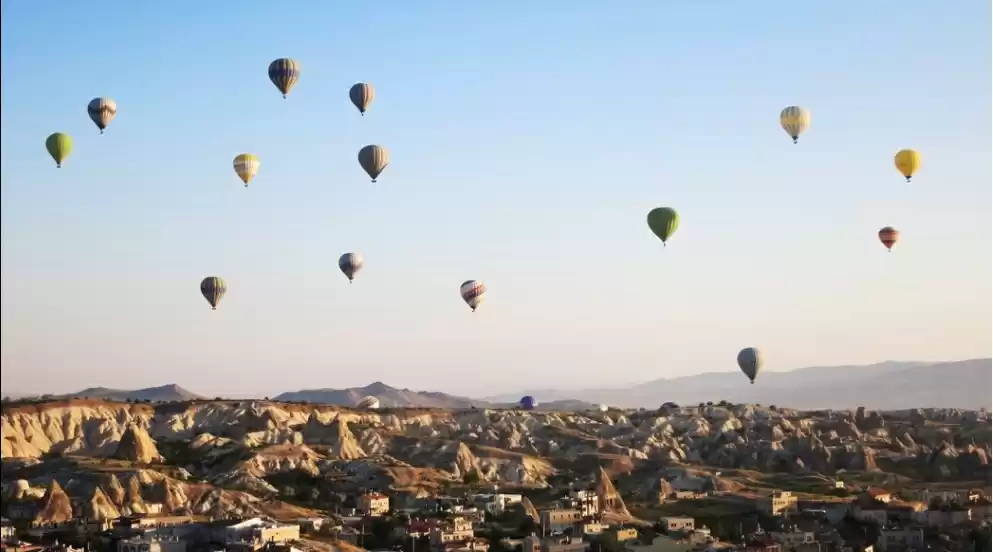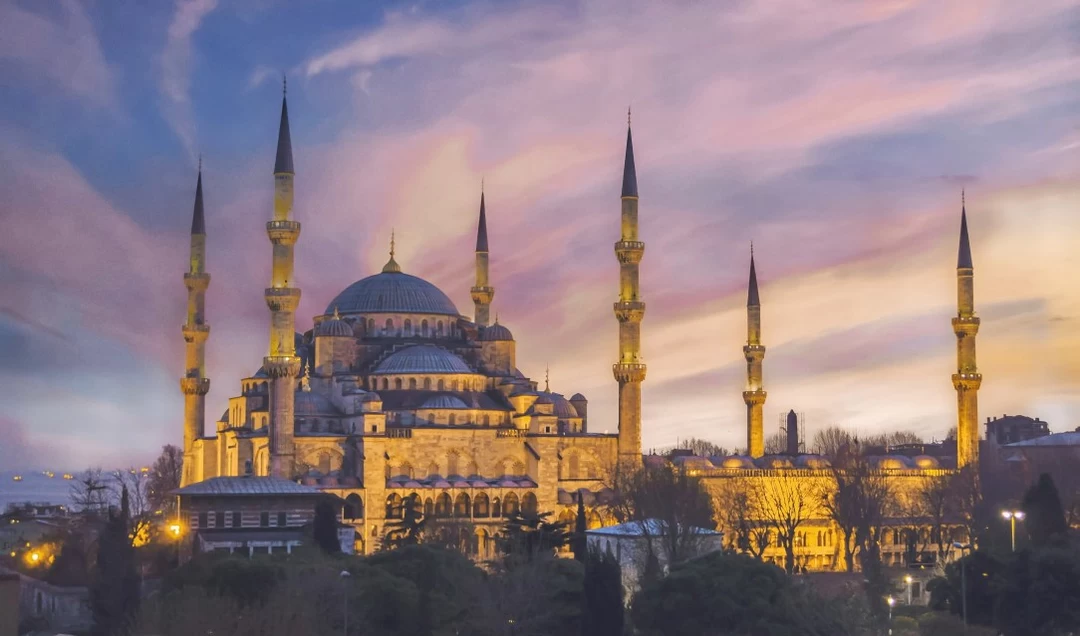
The Basilica was a church in Rome. The Cistern, also known as the Cisterna Basilica, is the oldest of several hundred ancient cisterns underneath Istanbul, Turkey. The cistern was founded in the 6th century during the reign of Byzantine Emperor Justinian I and is situated 150 meters (490 feet) southwest of Hagia Sophia on the historical peninsula of Sarayburnu. It is now held with only a limited amount of water for public access inside the room. When you visit Istanbul, check the Basilica Cistern, having an important place among historical places in Istanbul.
The Basilica Cistern, situated southwest of Hagia Sofia, is one of the most majestic tourist spots in Istanbul. This large underground water reservoir was constructed for Justinianus I, the Byzantium Emperor (527-565), and is known to the public as the "Yerebatan Cistern'' because of the underground marble columns. It's also known as Basilica Cistern because it used to be a basilica on the site of the cistern.
Construction of The Basilica Cistern
The cistern is 140 meters long and 70 meters tall, and it is a massive structure that occupies a rectangular space. The Cistern, which can be reached through a 52-step staircase, is home to 336 9-meter-high columns. The columns are made up of 12 rows, each of 28 columns, and are spaced at 4.80 m intervals. The columns transport the cistern's case-bay across arches. The majority of the columns are made up of a single part, with one of them being made up of two parts. The majority of the columns are thought to have been compiled from ancient spots in Istanbul and sculpted out of different types of marbles. Sections of the heads of these columns have various designs. 98 of them are in the Corinthian style, while the rest are in the Dorian style. The cistern's walls are 4.80 meters high, and the floor is bricked and plastered with a dense coat of brick dust mortar for water resistance. The cistern has a gross area of 9,800 sqm and a water storage capacity of 100,000 tons.
The basilica was said to have gardens, which were enclosed by a colonnade and faced the Hagia Sophia, according to ancient texts. Emperor Constantine constructed a building that was later reconstructed and expanded by Emperor Justinian after the Nika riots of 532, which then destroyed the region.
According to historical accounts, 7,000 slaves were used in the building of the cistern. The expanded cistern acted as a water filtration facility for the Great Palace of Constantinople and other First Hill houses, and it continued to provide water to the Topkapi Palace after the Ottoman conquest in 1453 and into modern times.
Medusa Heads
The bases of two columns in the northwest corner of the cistern reuse blocks etched with Medusa's face. The origins of the two heads are uncertain, but they are believed to have been carried to the cistern after being removed from a late Roman structure. There is no written evidence that they were historically used as column pedestals. The blocks are said to be oriented sideways and inverted to negate the Gorgons' force of gaze; however, it is generally assumed that one was oriented sideways only to be the right size to carry the column. Since the upside-down Medusa will be the same height right-side up as the normal Medusa, she was put that way.
During your Istanbul travel, experience the mesmerizing beauty among many historical spots in Istanbul. the Basilica Cistern will take your Istanbul sightseeing to the next level.



